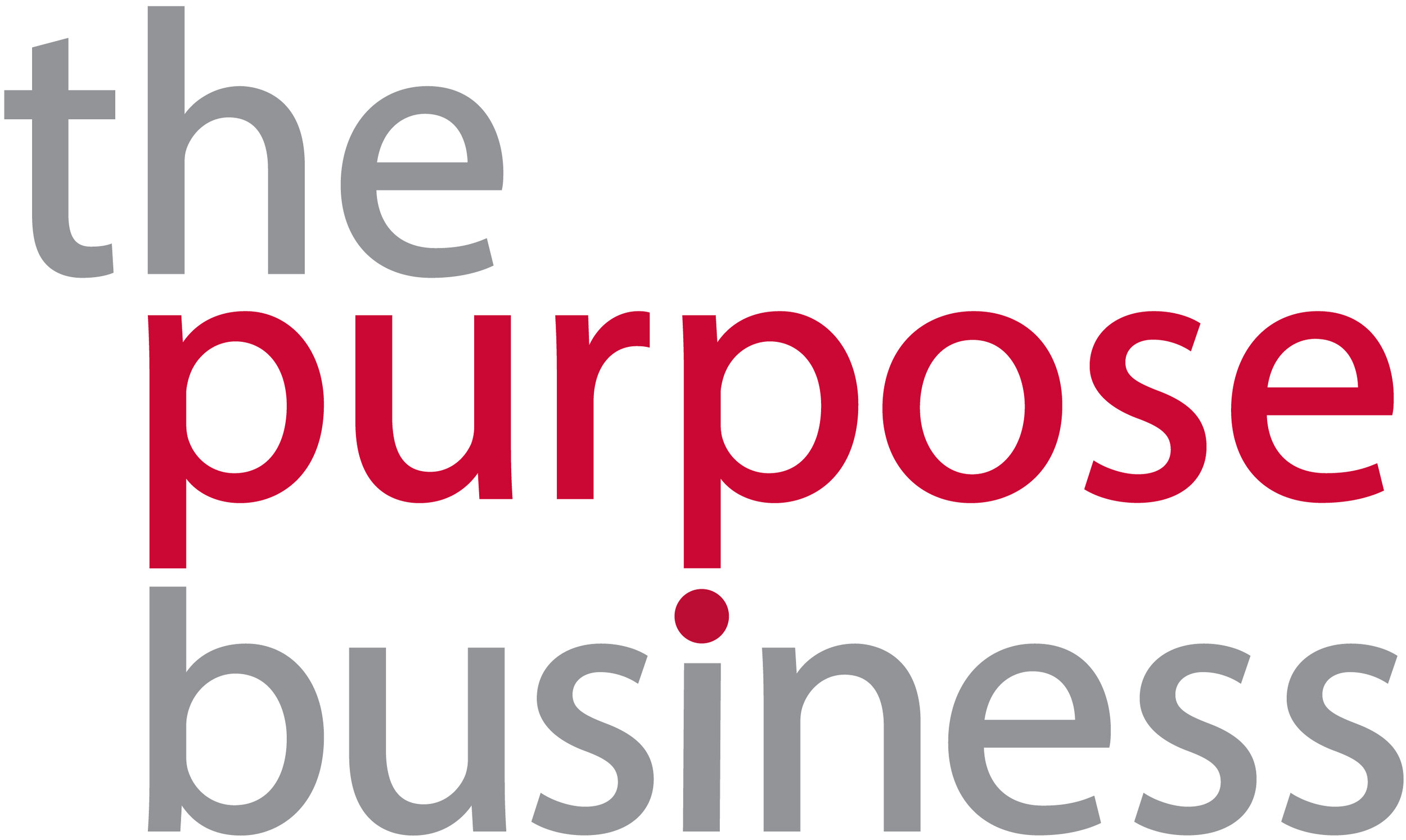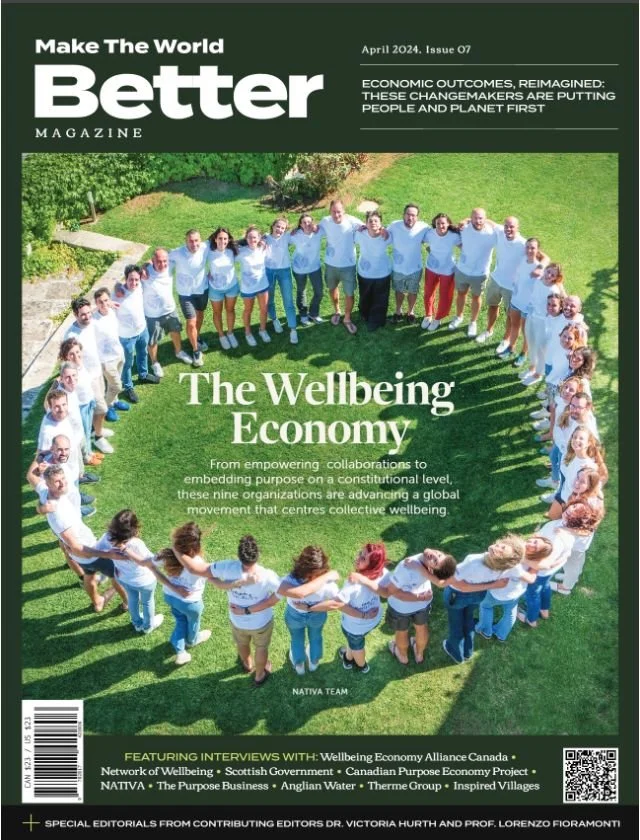Journey to responsible growth
In January, we outlined the trends in sustainable business that we believe will impact Asian businesses in 2018. But what does this mean for individual businesses?
TPB’s Founder & Director Pat Dwyer, introduces the responsible growth curve and explains how individual companies can benefit from using this as a framework to identify transformation direction and progress.
All change is a journey, and pursuing a path to becoming a more responsible business is no different. Doing so is even more challenging because no business sees the financial return overnight. Much has been written about short-terminism which forces the company’s hand to prioritize activities that deliver immediate financial returns. When Unilever CEO Paul Polman explained that the company would stop quarterly reporting and instead, ‘We were going to invest in capital spending. We were going to invest in training and development. We were going to invest in new IT systems and in our brand spending,’ he effectively appealed to the shareholders to take a long-term view because these take time to bear fruit. A shift to responsible business practices – whether that be reviewing your human rights or procurement practices, changing policies on resource management and retraining staff on efficient use of energy, water and managing waste – all take time because you are choosing to run businesses differently.
The question then is how you get started and what you should be focusing on.
At TPB, we understand that no two businesses are alike and as such, pursuing responsible business practices means understanding your starting point (eg compliance), the drivers (eg investor pressure, customer demands or differentiation, the company’s aspiration (eg biggest market share or to IPO in x years), your resources (eg people, budgets, time) and most of all your desired impact (eg productivity, efficiency, changing lives, etc). In order to do this, we journey along what we refer to as the responsible growth curve.
The curve has distinct drivers for responsible business along its path, with reactive drivers on the left and proactive drivers on the right, divided by a mid ‘turning point’. Leading to optimal functioning purposeful leadership at the far right. The reactive drivers are all responses to external factors. Every company goes through some if not all of these drivers and they all should find that each offers a different value to the company. The proactive drivers demonstrate companies taking control of how they use sustainability as a differentiator or value-add to their business.
The drivers for responsible growth
Protecting the bottom line – this focuses purely on cutting down on costs. Any efforts to reduce excessive use of resources such as using less water, shift to LED lights, purchase of solar alternatives or paper that is forest stewardship council (FSC) certified are driven largely by a desire to reduce costs. As such, a company that purchases FSC paper for its office supplies will do so, only because there a negligible price difference and ‘good for the environment’ comes only as a bonus. Protecting the bottom line makes good business sense, and that is all it is – it should not be guised as a commitment to protecting the environment.
Responding to risks – this assumes that companies have identified and are currently engaging with their stakeholders and are listening to views on operational and reputational risks. Compliance and regulatory requirements are risks that need to be managed and this pertains to everything from ensuring environmental permits are covered to labour practices being honoured and where possible, the highest standards are pursued. Some ‘newer’ risks include disaster preparedness and resilience (sectors impacted include airlines and tourism, property development, utilities and manufacturing) or ageing population (sectors impacted include service sectors, construction, transport) begin to manifest in risk registers and companies will prioritise action if the issues are high on their risk register. For example, they might mitigate these risks through specific research, pursuing collaborative solutions and investments in training.
While the previous driver seems passive, and companies simply respond to risks that have been flagged to them, the next drivers demonstrate a growing realisation of the strategic importance of sustainability
Identifying risks – this means there is a concerted effort to look for imminent risks that may not have been obvious in the past. If your competitor embraces green credentials and you don’t, then there is a need to identify the risks that come with it. For example, a property developer is espousing green building certification even if not required by regulations and you are not, then the competition risk is no longer about price or quality. Rather, it is about reputation and authenticity of the commitment to sustainability. Traditional corporate social responsibility (CSR) in the form of donations and philanthropy can also be a way to manage risks especially when it pertains to social license to operate.There are also risks that are not traditionally obvious for example, water risk for the restaurant industry. Restaurants would normally identify sourcing, food waste, food safety as their top risks and relegate water to the bottom unless there is a thorough understanding of the water risks on quality, accessibility, safety in the city or area they operate in. Identifying risks early, allow companies to plan for the longer term and find innovative ways to adapt their operations. For a macro viewpoint, refer to the annual World Economic Forum Global Risks Report on the most pressing risks that the world faces.
Seeking efficiency gains – which means going beyond reducing costs but actively ensuring that they stay at their optimal levels and doing more with less. Companies that have mitigation programmes or set targets on energy reduction or waste diversion (from landfill) will find themselves scoring high on efficiency and productivity especially if there are costs to not doing so. For cities with waste charging schemes, reducing waste ensures efficient cost control and a positive impact on environmental protection. Reinvesting savings from water reduction initiatives into programmes such as wastewater treatment plants is example where the resource is plowed back into operations such as redirecting it to flushing or landscape maintenance for hotels, resorts, university campuses, etc.
As companies move to embrace the proactive drivers, the differentiation in approaches can be seized and seen more publicly.
Identifying opportunities – this means that companies are on the lookout for new ways to create products, services or even partnerships with a view of not simply minimising negative impact on the environment or society. Instead, companies aim to create ‘more good’ in the process of doing so. For example, a traditional company working simply as an energy generator and distributor may today find itself competing with energy generating enterprises be they solar farms or battery storage facilities. In order to stay ahead, this company, especially if in the developing world, will be looking at opportunities to invest in more renewable energy sources or even better collaborate with energy cooperatives to generate power, sell back to the grid and pursue a lower carbon economy. Companies in the food sector will be on the hunt for even more efficient packaging that does not only preserve the quality of the product but diminishes any single use so as not to exacerbate landfill-bound waste. Identifying opportunities therefore lead companies down a path of responsible business growth.
Creating opportunities – while there are circumstances that are simply waiting to be found and seized, the more enterprising companies spot a gap in the market and pursue what is often thought of as ingenious or innovative. In 2017, Nestle and Danone shook hands with Origin Materials to develop a 100% bio-based PET bottle for its products. Origin Materials is a start-up dedicated to developing materials that will serve the world’s biggest companies. By using 100% sustainable and renewable resources, the next generation PET will be as light in weight, transparent, recyclable and protective of the product as today’s PET, while being better for the planet. The partnership created the opportunity not only to develop a product that is better for the environment but forged a relationship between erstwhile competitors that perhaps would never have been imaginable in the past. Creating opportunities such as this takes a deep sense of trust in that industries must collaborate, particularly on issues bigger than their individual selves.
Industry leadership – companies that benefit from the business case and value of sustainability have a responsibility of rallying the industry behind them. Going at it alone will not yield optimal results and at the end of the day, consumers will act more responsibly if the industry moves as one. This is slowly becoming more evident in sectors such as shipping, apparel and fashion, aviation and of late even tourism and even F&B who now aims to jointly address multi-faceted issues of nutrition, food waste, packaging, sourcing transparency and even labour practices.
The leaders of these companies are critical in driving change and collaboration. Unilever CEO Paul Polman pushed investors to think beyond quarterly reports and place greater emphasis in long-term value. Pepsi CEO Indra Nooyi trailblazed by rethinking the company’s portfolio of sugary drinks and salty snacks and slowly introducing alternatives. Doing so required that Pepsi collaborated not only with its suppliers in testing and creating new products, but also sought advice from parallel businesses like Airbnb or Uber, on pursuing disruptive technologies. This culture of changing the way things are done is very important to ingrain in employees and stakeholders because this is what will fuel their own sense of innovation and engagement. Change from the top is an order, but change from within, and across levels, is real organisational leadership.
At The Purpose Business, our experiences in Asia and worldwide continue to show us that a strong sense of purpose is what drives a company to move from the reactive to the proactive. These are the companies that are building to be future-ready, the companies that will thrive through responsible growth. Merely responding to external stimuli, be that compliance requirements, peer or market pressure, or risk management will not bring sustainable revenue or impact. Knowing and acting on that high level of clarity that is a company’s essence, its true north, its purpose, will help guide a company along its journey and survive the test of time.





